Interview – Giorgio Di Noto
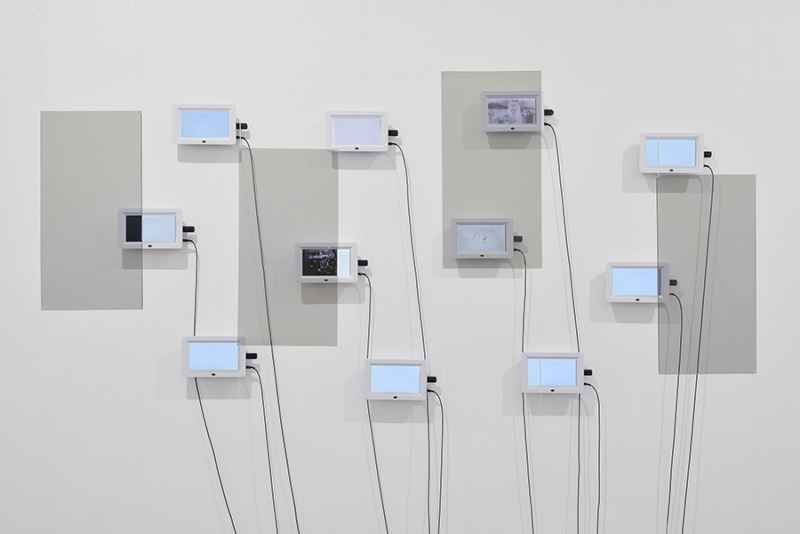
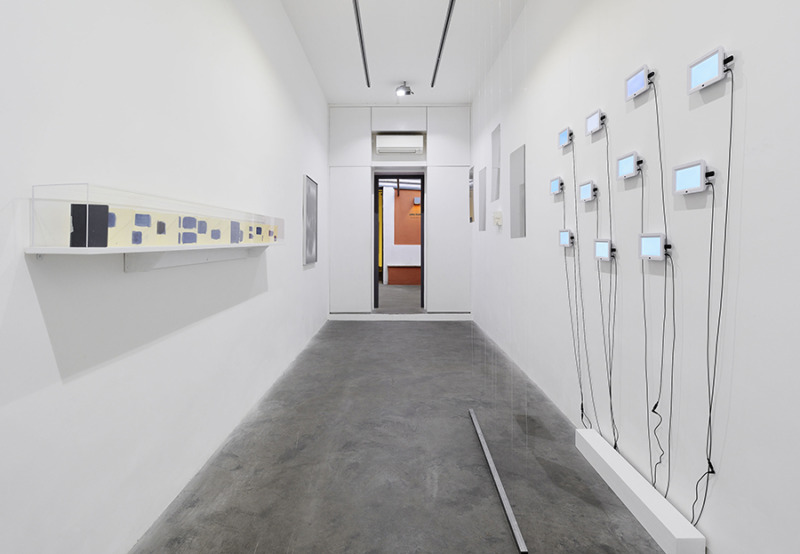
Since its inception in the 1960s – preceded by the experiments carried out by Marcel Duchamp fifty years earlier – conceptual art has largely made use of the photographic medium, mainly for two reasons. The first is that conceptualists have always been keen on exploring the field of visuality, of which photography obviously lends itself to be a valid tool for investigation. The second reason is linked to the fascination of conceptual artists towards photography due to its ability to position itself within various areas without ever possessing (or being possessed by) a specific one.
The ambiguity of photography is one of the most fascinating aspects for Giorgio Di Noto as well, who in his practice moves in the field of the photographic, as described by Rosalind Krauss; that is, as a theoretical object, or as an instrument of deconstruction of the practice itself.
The exhibition currently on show at the Matéria Gallery in Rome brings together a number of projects realised by Di Noto; characterised by a variety of technical solutions, but accumulated by a constant interest in the potential offered by photography seen both as a medium that can be as versatile as stereotyped and as an artistic practice that by nature is contaminated with reality and its representation.
The title of the exhibition (Sulla distanza delle immagini, translated to On the distance of the images) gives us a clue about the position taken by Di Noto towards the photographic universe; an approach that combines analysis and detachment, austerity and enchantment, fascination and skepticism, in the wake of generations of conceptual artists for whom photography has been both a blessing and a curse.
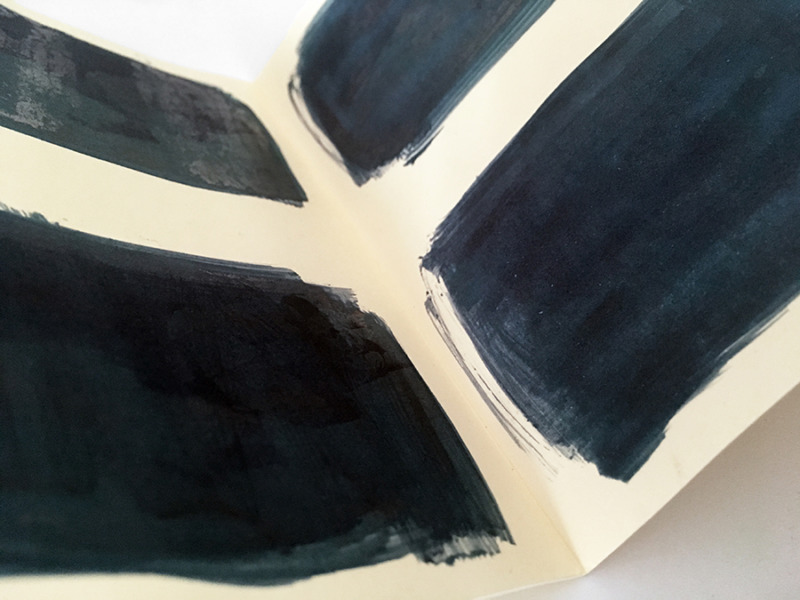
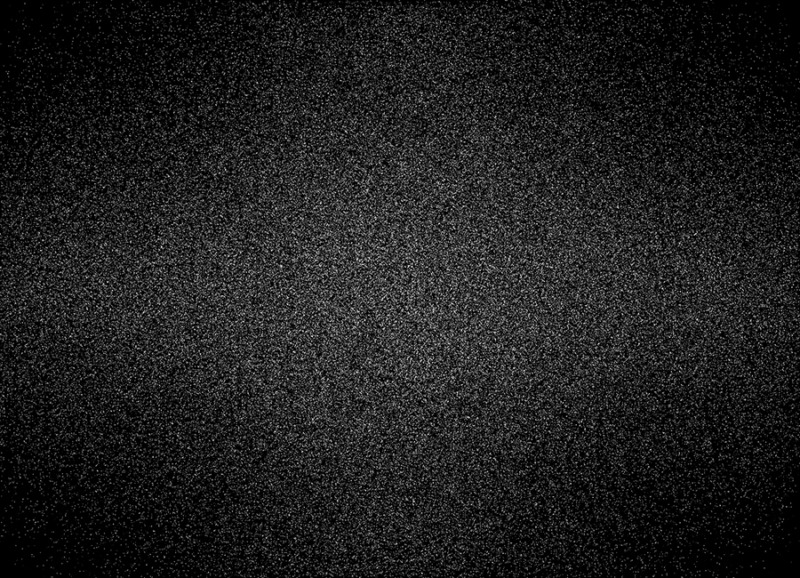
Matrix is one of your very first bodies of work, while Screening was developed on the occasion of the exhibition at Matéria. What is the red thread that connects these two projects, that basically covers the whole span of your career so far?
All the projects I have worked on over the past few years have the issue of perception as a starting point; how we see and interpret images, what the images consist of and how they are actually made, and how we relate to them. Matrix and Screening are profoundly different and almost opposite in terms of their subject and their technical realisation: two-dimensional prints on one side and a three-dimensional installation on the other. Also, if we could draw a line that connected the visual source to its receiver, these two bodies of work would sit one on each end. In Matrix, we look at the photographic image from the inside; it is a study of the possibility of remodelling and interpreting a digital image, which has no materiality but is made up of numbers and processed by algorithms. In Screening, the focus lies on our role within the visual process, it represents how we look at images and how they flow indefinitely both in front of our eyes and in our memory. The red thread that connects the two projects is certainly my attempt to investigate the nature of the images, the different ways of reading visual representations and in particular the photographic ones.
This reminds me of what Pierre Bourdieu said about photography in his book Un Art Moyen from 1966: “How […] could the representation of society be anything other than the representation of a represented society”. Accordingly to Bourdieu, photography has played a fundamental role in defining and maintaining social classifications and there are few cultural activities more structural and systematic than photography. Seen under this light, do you consider your work, and in particular your interest in disclosing the mechanisms behind photographic representation, having a political meaning?
On the one hand, I do not have a political agenda as generally understood, especially in projects such as Matrix where the aesthetic component is preponderant. On the other hand, there is always a political implication when a new vision, or a change of point of view, is proposed. In this sense, to question the way in which we are subjected to and see and process images, definitely have a political meaning. I feel close to Alfredo Jaar’s way of looking at it; for him, art changes the world, but one person at a time.
Fading Frames was developed in 2014 within the Joop Swart Masterclass – the yearly educational programme organised by the World Press Photo Foundation. The masterclass “rewards the most talented emerging visual journalists and is designed to support and enhance diversity in visual journalism and storytelling”. You are clearly not a photojournalist, but you have an interest in reportage imaginary. Can you tell us about your approach to it?
Documentary images have always interested me because of their extremely ambiguous and controversial nature. In my opinion, the conflict lies in the distance between what an image is supposed to be and what it actually is. It is a characteristic that is inherent in photography at large, but I think that reportage imagery brings out the issue more clearly.
It all started with The Arab Revolt, my first project, in which I questioned the language and function of photojournalism. In Fading Frames I took a further step into this investigation and tried to go beyond the exploration of a specific language; if I had previously worked with photojournalistic imaginary and how we produce photographs, I later became interested in how we receive them. I started looking for a way to represent how our memory sees and stores certain types of photographs that correspond to clichés; images we have seen many times and are built around a recurrent visual format, regardless of the specific time and context in which they were taken.
The idea is that, bypassing the technique and the skill with which the photographer (the sender) realises the image (the message), what is worth understanding is how the recipient receives the message, how he perceives it and to what extent the sender’s intentions and information actually arrive at its destination. Hence my attempt to represent how certain stereotypical images (in this project’s case, photographs taken from the Internet that depict war conflicts) would end up being indistinct spots that float in our memory, together with the other hundreds of images we see every day – starting from the reassuring advertising of whatsoever domestic product that we might find on the page after the war reportage in question. Being documentary images, particularly heavy with intentions and meaning, I thought they could be the perfect material with which to explore a conflict, and as earlier mentioned, is embedded in photography. I tried to do this in light of our era, characterised by an anesthetisation of our perception and of our ability to process the photographs that, both consciously and not, we look at.
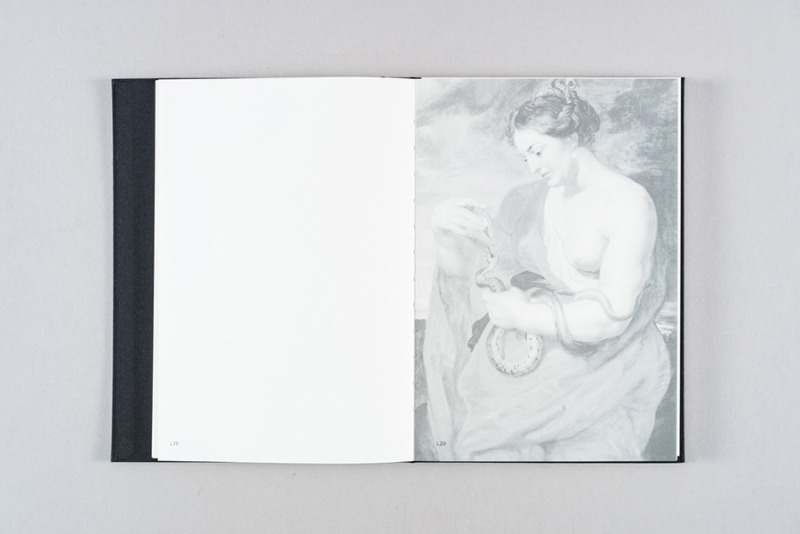

The primacy of the sight on the other senses is a theme that has long dominated Western thought since its origins, to the point that in the XX century it started appearing as a form of hegemony to critics such as Sartre, Foucault and Derrida. How do you relate (or react) to the “oculocentrism” of our culture?
In the 1990s, W.J.T. Mitchell and G. Boehm coined the terms Pictorial Turn and Iconic Turn (as opposed to Rorty’s Linguistic Turn from the late 1960s), so to enhance the importance and function of images in a period where their unstoppable proliferation was about to start. Almost 30 years have passed and these concepts are today more appropriate than ever.
In the realm of social media, Instagram is surpassing and replacing Facebook, especially among the younger generation; it is an interesting phenomenon which proves that there is no longer a need for text, as communication can take place via one single image, through a sometimes very compressed and simplified visual language.
It is obvious that photography plays a fundamental role in this discourse, so it is an extremely rich medium to investigate and dissect. We spend a large part of our daily life seeing and now producing images; this process is the fundamental topic of my work, that aims to analyse the various aspects of visual representations and the use we make of them.
Materiality is a fundamental trait of your artistic approach and this is evident in many of your projects. Taking The Kiss in special consideration, here it’s the translation of a bi-dimensional image into a 3D object that triggers the viewers’ reaction, first when they see the image in the sculpture, and then when they recognise the image itself (a mirrored version of the iconic photograph Le baiser de l’hôtel de ville (The Kiss) by Robert Doisneau). Is it correct if I say that you introduce the physical element to slower the visual process down, forcing us to look deeper and more carefully?
The first reason that prompted me to realise The Kiss was the will to experiment, as for Matrix, the possibilities of reworking a digital image; through a special programme, the numerical composition of the photograph in question was interpreted and returned a 3D file, which I then printed. Once the 3D model was produced and as soon as I saw it in presence, I realised that the effect it triggered on the optical level was much more interesting than the technicality through which it was created.
In a certain sense, as you say, it slows down our process of perceiving and recognising an image that we already have in mind. What is even more intriguing is the fact that the majority of the people watching the sculpture can recognise the photograph “within” the 3D model only after having photographed the object; being able to see something that is in front of our eyes only through a photograph of it is a weird and interesting feeling on many levels.
On the one hand, The Kiss could bring us to talk about the filter on reality and on our capacity of seeing that smartphones operate today. On the other hand, very simply, it is like a sort of confirmation that photography is an interpretation of reality and that one same thing returns two different results when watched and photographed. The choice of the image by Doisneau was driven by the need to find an image that is universally familiar and present in the common imagination of most people.
Returning to the question, I think that yes, what I do is basically finding visual and alternative representations of our process of perception, as if I wanted to analyse it in all its phases in slow-motion, revealing its structure or suggesting the controversial way in which it seems to function. I don’t have the presumption to explain how it works, I rather do it for my own need to understand its mechanisms.
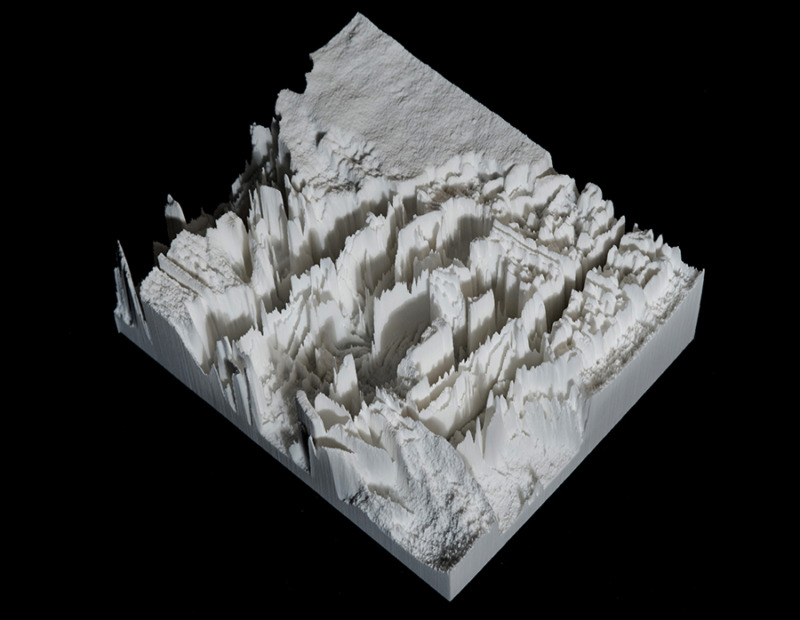
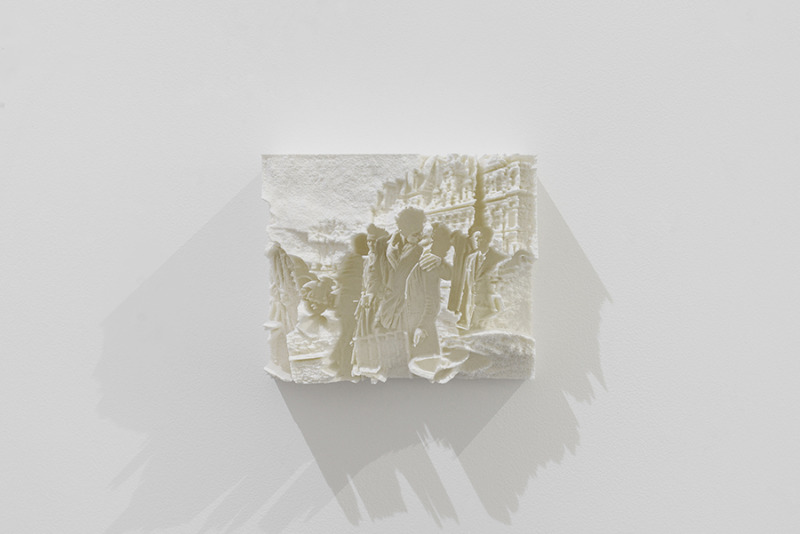
Your project The Iceberg has been exhibited in different formulations as an installation, but it is also a book. What are the specificities of each formal solution and how do they complete (or contradict) each other?
The Iceberg was initially conceived as an installation and the first exhibitions were part of the project itself: the way people reacted to and enjoyed the show influenced the project’s finalisation, both as an installation and as a book.
One of the fundamental points of The Iceberg is the active relationship that people establish with the images, determining their visibility or not. If in an installation this experience is staged and collective, with the book version I was interested in experimenting with a more private and univocal relationship between the reader and the photographs.
The book gave me the opportunity to include images that would not fit in the exhibition; vice versa through an installation it is possible to structure the experience in a more complete and immersive way. More generally speaking, the book and the exhibition are two typical formats that offer different nuances of an action that is left to be managed, in part or totally, by the viewer.
Can you share the names of artists that you follow, and whose work has inspired you?
I have always been very attracted to printing techniques, alternative processes and everything that can chemically create a printed image. For this reason, I mainly follow those artists who work analytically on the matter, in particular on the photographic processes and on the relationship between the medium and the content. All those artists who have experimented with the photographic language, starting with Man Ray, have been and still are, my daily bread. I could mention many photographers who have changed my way of seeing, thinking and working: Robert Adams, Hiroshi Sugimoto, Sally Mann, Jeff Wall and many more.
In recent years I have started examining the work by artists who are not strictly related to the photographic medium and this is the path I am following now. The legacy of artists like Duchamp, Rauschenberg, Warhol is still present and has a great influence on my work, precisely because of the way in which they managed to overturn and question the current way of thinking and seeing. More recently, artists such as Philippe Parreno and Óscar Muñoz have inspired a change of course in my artistic approach. At the moment I am also following Trevor Paglen.
Sulla distanza delle immagini is on show at Matéria Gallery, Rome, until 19 July 2018.
